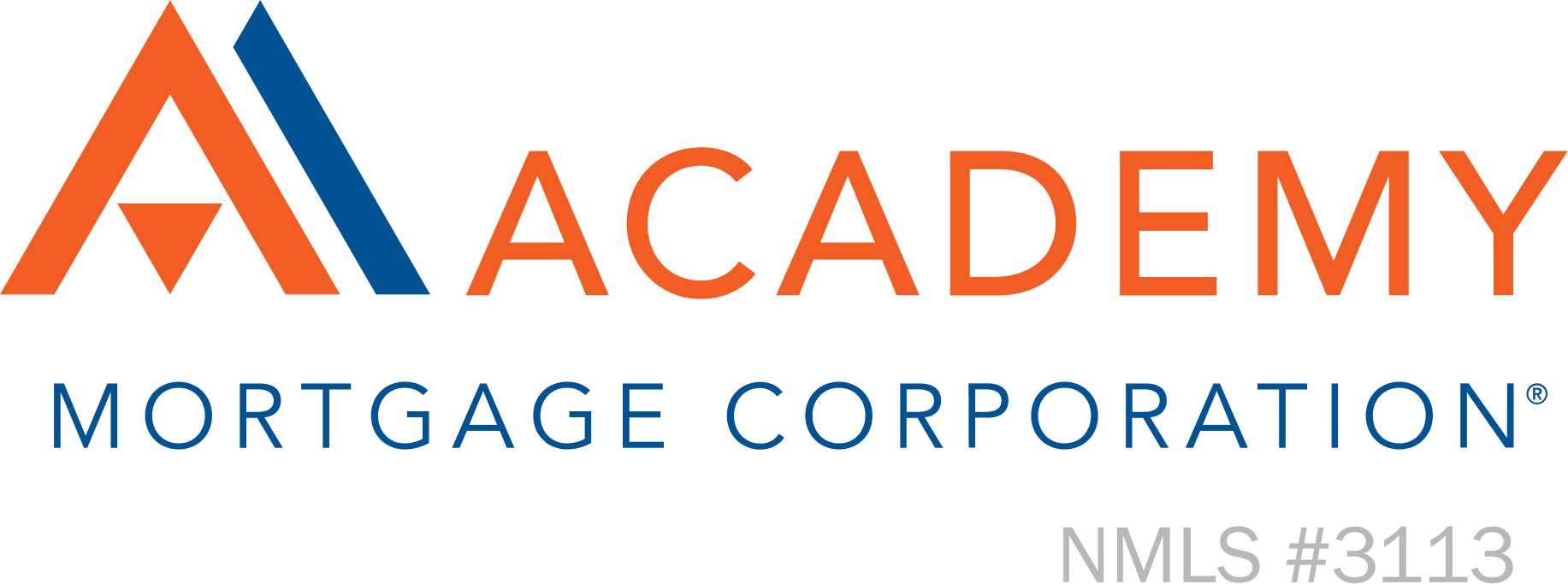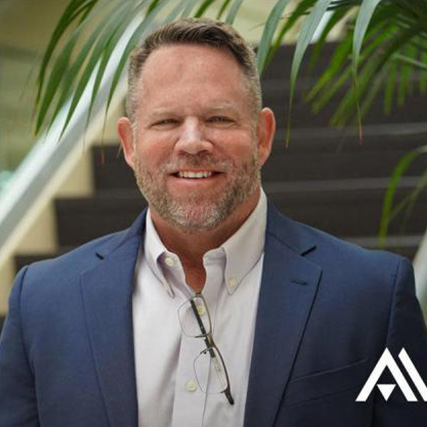Limited funds? Look into down payment assistance


A down payment is a common hurdle to homeownership. That’s why there’s down payment assistance.
Results from a recent survey show that saving up for a down payment is the main obstacle standing in the way of homeownership for roughly 40 percent of today’s homebuyers. Can you relate? If so, down payment assistance programs are worth looking into.
Some of the top barriers to achieving the dream of homeownership include insufficient income (46 percent), high home prices (42 percent), and not having the funds for a down payment and closing costs (40 percent). But with down payment assistance (DPA), you may be able to buy a home with little-to-no money out of pocket and/or much sooner than you expected.
Everything you wanted to know about down payment assistance
If you’re ready to become a homeowner, understanding these facts can help:
1. Down payment assistance programs aren’t only for first-time homebuyers.
There’s plenty of misinformation about DPA programs. Many homebuyers don’t even know they’re available. Others assume assistance is exclusively for first-time buyers. Thankfully, this isn’t the case.
The majority of down payment assistance programs are created for first-time homebuyers, but nearly 40 percent of all programs are open to repeat buyers as well—those who’ve owned a home in the past three years. (If you owned a home longer than three years ago, you’re still considered a first-time homebuyer.)
This is encouraging. These numbers suggest that no matter where you find yourself on the path to homeownership, assistance may be accessible to you.
2. DPA may cover closing costs too.
Many assistance programs allow funds to be used toward both a down payment and closing. DPA/closing cost assistance programs can vary by state. If you’re buying a house in Vermont, for example, the Vermont Housing Finance Agency (VHFA) offers up to $15,000 in down payment and closing cost assistance to homebuyers who qualify.
With average closing costs ranging from 2 to 5 percent of a mortgage, these funds could help cover most or all of the closing costs on a typically priced house.
Which down payment assistance programs are you eligible for?
Contact your local Academy Loan Officer to find out.
3. There are different types of assistance.
Over 2,000 DPA and closing cost assistance programs exist. Many supply thousands of dollars in aid to qualifying homebuyers.
DPA typically comes in the form of:
- Deferred loans – Borrowed as a second mortgage with postponed payments required to be paid back when you refinance or sell.
- Forgivable loans – Borrowed as a second mortgage that’s forgiven after a certain number of years; repayment is only required if you refinance or sell prior to the agreed-upon timeframe.
- Standard loans - Borrowed as a second mortgage with monthly payments paid alongside your existing mortgage.
- Grants – Gifted funds that reduce the amount needed for a down payment and don’t have to be paid back. (Make sure to read through a grant carefully with your Loan Officer before agreeing to its terms.)
Grants can be the most desirable of these options since they usually don’t require repayment. While terms can vary by program and location, some down payment grants may offer up to 5 percent of a home’s purchase price. When used in combination with a low down payment loan—see below—a grant like this could fund all of a new home’s down payment.
Each DPA program has unique requirements. But qualifying may be easier than you think. Requirements related to property location, sales price, income limits, credit thresholds, cash reserve conditions, and homebuyer education certificates might apply. Most homebuyer education courses take several hours, and many can be completed in-person or online.
4. DPA may be available based on profession and location.
DPA can be narrowed down even further, with some programs created for specific professions and regions. Your Loan Officer can tell you which programs you might be right for. You can also search for down payment assistance in your city, county, and state or use this questionnaire to find local programs.
If you’re in a service profession, i.e., an educator, healthcare worker, city worker, firefighter, or Veteran, you may have more options. Nearly 16 percent of all DPA programs are created for community heroes.
5. DPA is also compatible with low down payment loans.
As mentioned, DPA programs are often used with low down payment mortgages, like FHA and Conventional Loans. Depending on the program, assistance could cover some or all of a down payment.
There are also no down payment loans that may help you eliminate your down payment altogether. VA Loans for Veterans and Active-Duty servicemembers and USDA Loans for rural and some suburban buyers are examples. In this case, assistance could be put toward the closing costs on a loan.
Want to find out how much down payment you may need?
Getting pre-approved* is a great place to start. Once you have this information, your Loan Officer can explain some ways to fund your down payment. Connect with your local Academy Loan Officer.
*Pre-approval is not a commitment to lend. Please consult a trusted professional as personal circumstances may vary. No specific results are guaranteed. Not all applicants will qualify. MAC724-1487644/MAC824-1487890.


